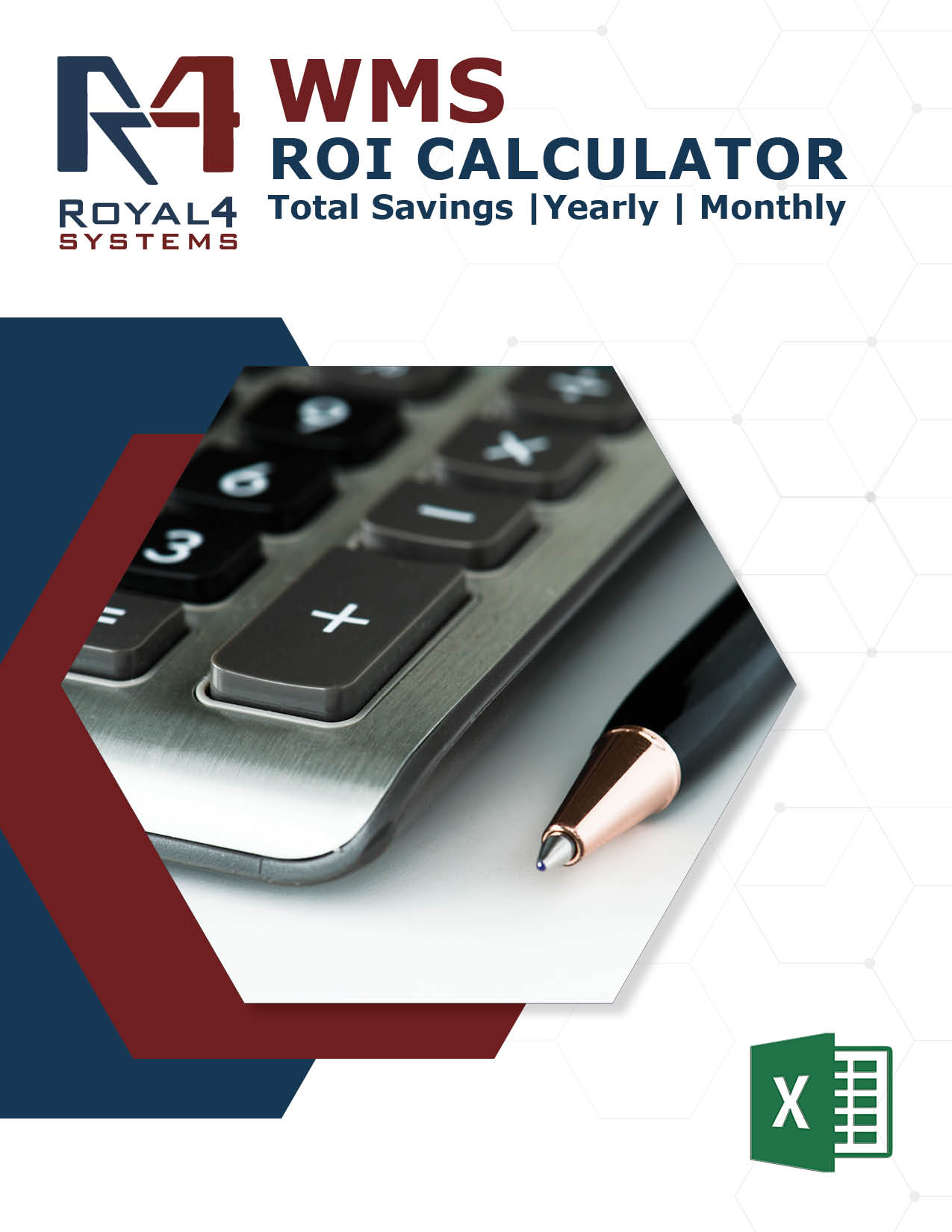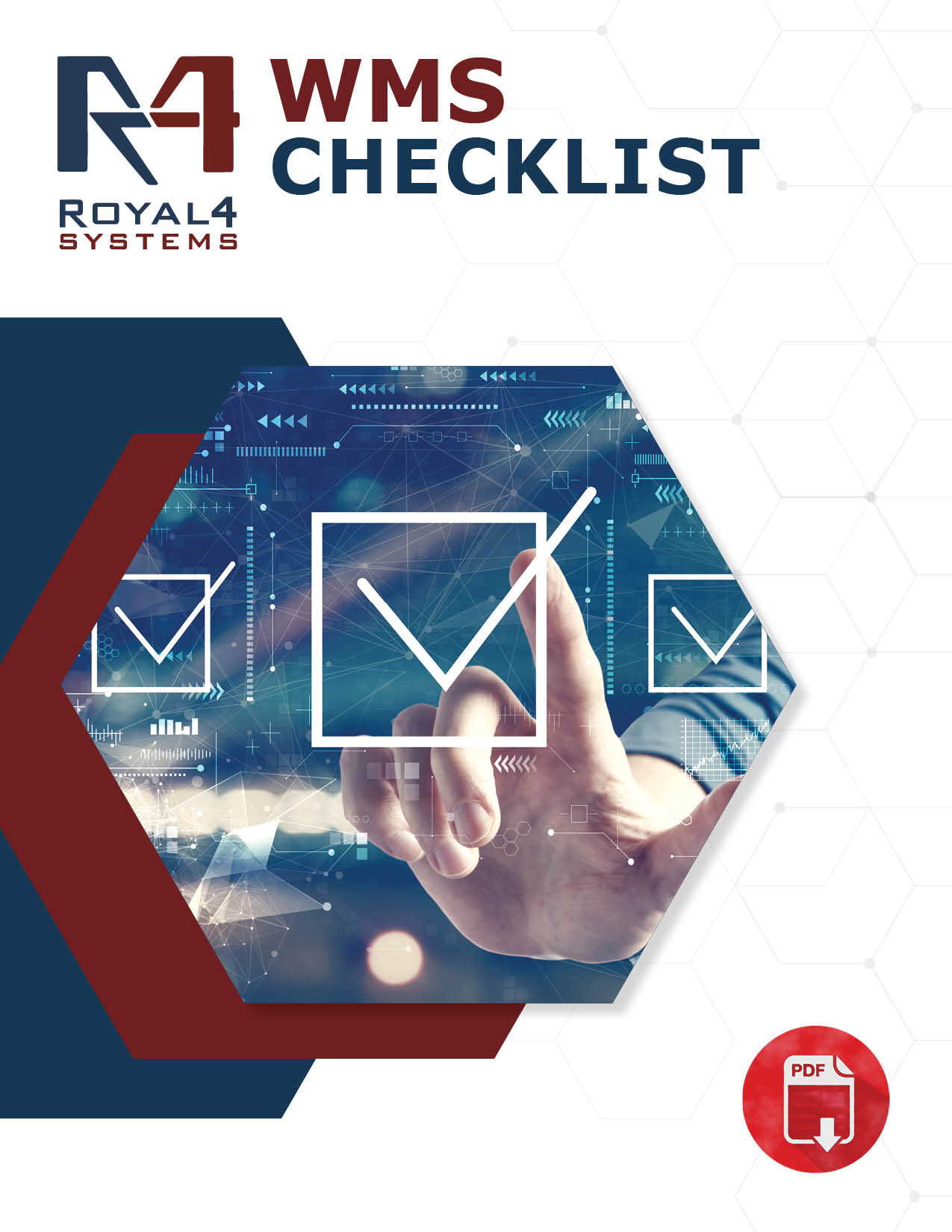
Demand Volatility in the Consumer Goods Sector
Demand volatility refers to the unpredictable and rapid changes in consumer demand for products or services, often influenced by factors like market trends, economic conditions, and shifting consumer preferences. These fluctuations in the consumer goods industry present significant challenges for inventory management and distribution. As consumer preferences evolve rapidly and market trends change, companies need help anticipating and accurately anticipating demand. Overstocking leads to excess inventory costs, while stockouts result in missed sales opportunities and dissatisfied customers. Inefficient inventory management disrupts production schedules, and strains supply chains. Meeting customer expectations for timely deliveries, product availability, and personalized experiences becomes increasingly complex. As a result, the consumer goods sector seeks innovative solutions, like ERP software, to effectively navigate this demand volatility and optimize inventory and distribution processes for enhanced operational efficiency and customer satisfaction.
The Impact of Customer Expectations on Inventory and Distribution
Consumers’ shifting expectations for swift deliveries, personalized products, and seamless shopping encounters place immense pressure on supply chains. The demand for rapid order fulfillment challenges traditional distribution models. Customization necessitates agile production and intricate coordination across the supply chain. Meeting consumers’ desire for seamless experiences demands real-time visibility into inventory, order status, and delivery tracking. These evolving expectations reshape supply chain strategies and drive companies to adopt technologies like ERP software to streamline processes, enhance resource allocation, and ensure that the consumer goods sector remains responsive and competitive.
Challenges in Traditional Inventory Management
Traditional inventory management methods often need help managing demand variability effectively. Overstocking results from relying on static forecasts, tying up capital in excess inventory that the company might need help to sell. Conversely, stockouts occur due to inadequate demand prediction, leading to missed sales opportunities and customer dissatisfaction. These limitations stem from a need for real-time insights into changing demand patterns. Consequently, traditional approaches lead to inefficient resource allocation, increased carrying costs, and disrupted production schedules. Businesses in the consumer goods sector are turning to ERP software to achieve more accurate demand forecasting, agile production planning, and optimized inventory levels to address these challenges.
Role of ERP Software in Addressing Demand Volatility
ERP software provides real-time visibility into demand patterns through comprehensive data analysis. ERP systems enable accurate demand forecasting by aggregating and analyzing customer orders, historical data, market trends, and other relevant factors. This real-time insight enhances decision-making, allowing businesses to adjust inventory levels promptly based on changing demand scenarios. Responsive inventory adjustments prevent overstocking and stockouts, optimizing resource allocation and minimizing costs. As a result, consumer goods companies can align production and procurement with actual demand, ensuring efficient inventory management and enhanced customer satisfaction.
Optimized Inventory Planning and Resource Allocation
ERP systems empower consumer goods companies by aligning production and procurement with real-time demand insights. Inventory levels are calibrated to meet market needs, thereby avoiding wasteful overstocking. By maintaining accurate inventory, businesses reduce carrying costs associated with excess storage and decrease the risk of stockouts that result in missed sales opportunities. ERP software minimizes waste, enhances resource allocation, and directly impacts the bottom line, enabling companies to operate efficiently in the dynamic consumer goods and retail landscape.
Efficient Demand-Driven Manufacturing
ERP solutions facilitate agile production planning by integrating real-time demand data. This data enables manufacturers to adapt to changing market needs swiftly, adjust production schedules, and allocate resources efficiently. ERP systems analyze up-to-date demand insights and optimize inventory levels, streamline supply chains, and minimize lead times. Consequently, the manufacturing of products occurs precisely when and where they are most needed, enhancing both customer satisfaction and operational efficiency.
Enhanced Distribution Strategies
ERP software empowers dynamic distribution strategies by providing order fulfillment insights, optimizing routes, and ensuring timely deliveries. By leveraging real-time data, it assists in aligning inventory levels with demand, preventing stockouts or excess. It enables route optimization, minimizing transportation costs and carbon footprint. With accurate tracking and monitoring, ERP enhances delivery precision, customer satisfaction, and overall supply chain efficiency.
Customer-Centric Personalization
ERP systems enhance personalized consumer experiences by synchronizing data from various touchpoints. This data allows businesses to gather customer insights and preferences comprehensively. Companies can create tailored offerings, promotions, and recommendations by integrating this information. This experience not only boosts customer engagement but also strengthens brand loyalty. ERP’s unified view of customer data enables more effective marketing strategies and customer service, resulting in a seamless, personalized experience that meets individual needs and preferences.
Supplier Collaboration and Visibility
ERP solutions promote supplier collaboration by enhancing visibility into their production capacities and lead times. This transparency allows manufacturers to make informed decisions, ensuring accurate production planning aligned with supplier capabilities. Real-time data exchange through ERP systems facilitates seamless communication, reducing delays and uncertainties. ERP fosters a more responsive and efficient supply chain by enabling suppliers to share information on material availability and potential bottlenecks. This collaboration leads to optimized inventory management, minimized production disruptions, and improved production efficiency.
Real-Time Data for Informed Decision-Making
ERP software delivers real-time data analytics and dashboards that empower decision-makers to respond swiftly to evolving market conditions. By consolidating information from various business processes, ERP provides comprehensive insights into sales, inventory, production, and more. These analytics enable informed and agile decision-making, helping businesses adjust strategies, allocate resources efficiently, and seize opportunities. With up-to-the-minute information, leaders can make timely, data-driven choices that enhance competitiveness and adaptability in dynamic markets.
Request a Demo
Need more information?
Solutions






![image001[25]](https://www.royal4.com/wp-content/uploads/2023/11/image00125.png)